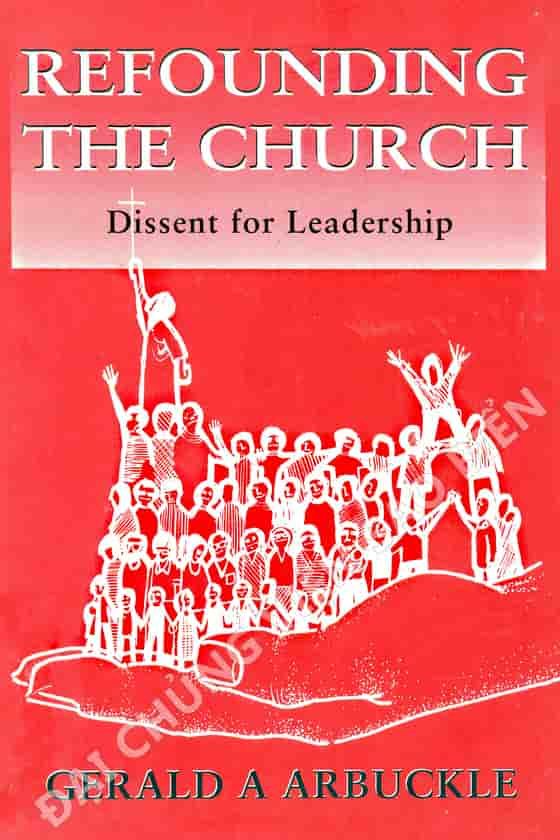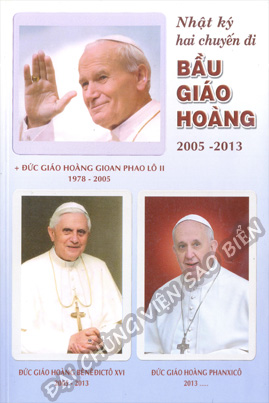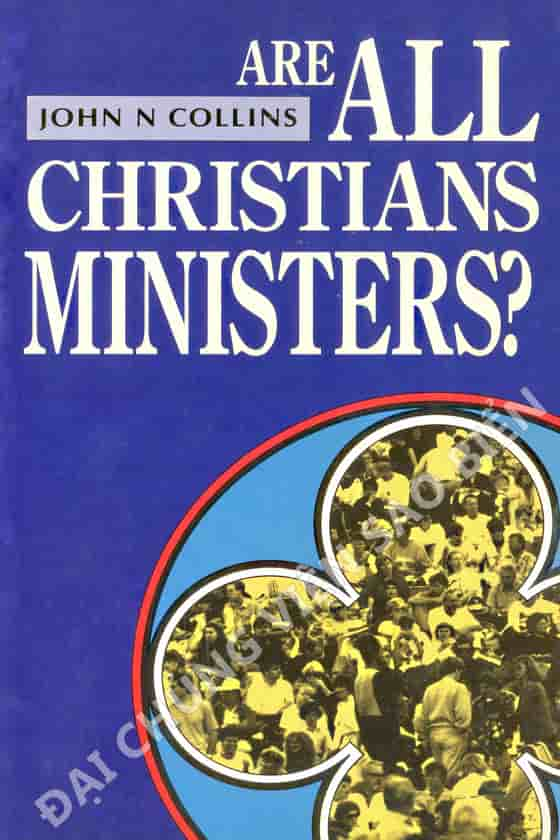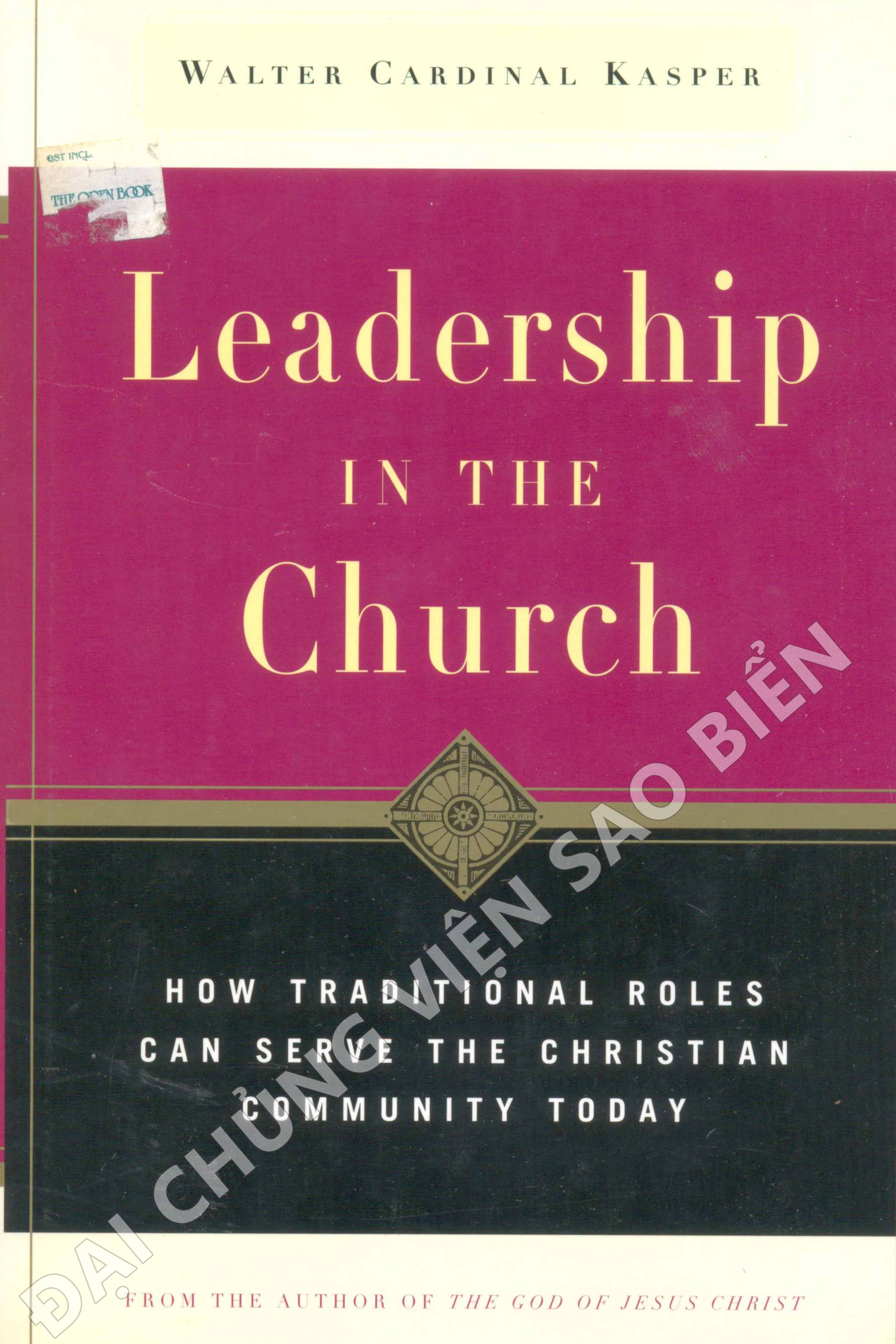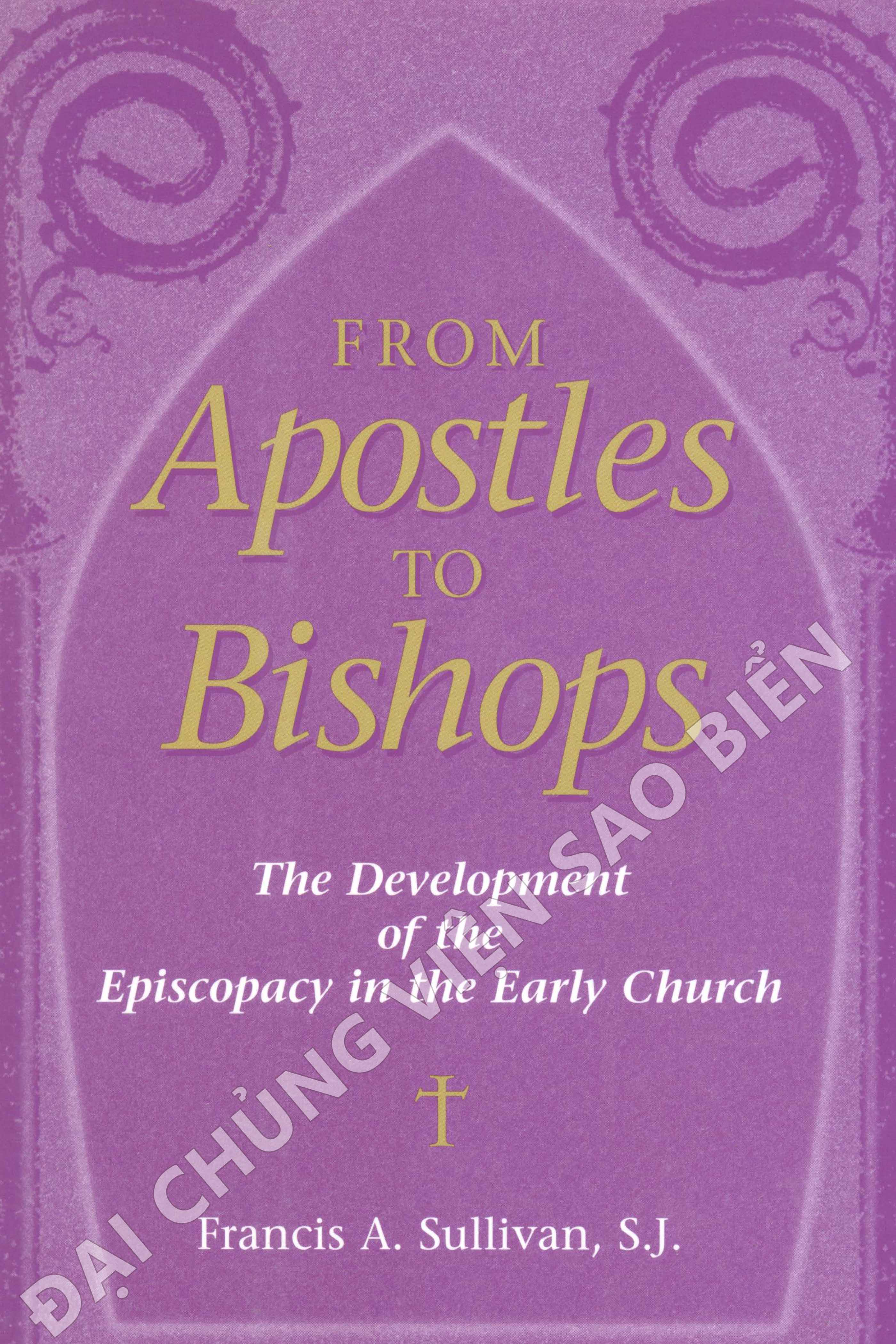| Acknowledgements |
xi |
| Introduction |
1 |
| Loyal dissent is essential for mission |
2 |
| Contemporary restorationism: contrary to Vatican II values |
3 |
| The Church can learn from éléphants |
5 |
| ‘Authority’ and ‘pathfinding’ dissenters |
6 |
| Case study analysis: religious life —the Church in miniature |
7 |
| ‘Dissent’ as a péjorative term |
9 |
| Part One Dissent, Leadership and Refounding in the Church |
15 |
| 1 A refounding stalled: the problem explained |
15 |
| Identifying today with the pain ofjeremiah |
16 |
| The nced for ‘continuai reformation’ or refounding |
21 |
| Historical background to the paradigm shîft |
22 |
| The structures of the pilgrim Church |
25 |
| Action for*refounding the Church: some reflections |
29 |
| Summary |
33 |
| 2 The Church in chaos: an inévitable expérience |
36 |
| Understanding culture and mythology |
37 |
| The Church: tensions within its création mythology |
39 |
| Life-cyclcs of cultures: application to the Church |
43 |
| Model 1: Into chaos — Vatican II and revitalization |
43 |
| Model 2: The Church —from a 'growing' to an 'agemg culture |
55 |
| Summary |
62 |
| 3 Secrecy, orthodoxy and ‘witch-hunting’ |
66 |
| Understanding ‘witches’ and ‘witch-hunting’ |
68 |
| Application of theory to the post-Vatican II Church |
73 |
| Orthodoxy, witch-hunting and models of the Church |
78 |
| Understanding 'authority', and ‘power' |
78 |
| Cultural models of Church |
80 |
| 1: Strong group/strong grid culture — pre-Vatican II Church |
81 |
| Model 2: Strong group/weak grid culture —the restorationist Church |
84 |
| Model 3: Strong grid/weak group culture —the accommodation Church |
88 |
| Model 4: V^eak grid/weak group culture intentional Christian communities |
90 |
| Summary |
93 |
| 4 The transforming leadership of ‘authority dissenters’ |
98 |
| Defining leadership |
99 |
| Transforming leadership |
101 |
| 1. The need for a vision, strategies and accountability |
101 |
| 2. The need to empower people |
106 |
| 3. The need for Personal authenticity |
108 |
| 4. The need for community-onented innovators |
108 |
| 5. The need to foster responsible dissent |
110 |
| 6. The need to claim one’s authoritylpower |
114 |
| 7. The need for appropriate knowledge/ski II s |
118 |
| 8. The need to apply the axiom 'the new belongs elsewhere ’ |
119 |
| 9- The needfor réfaction and 'not-knowing' |
120 |
| 10. The need for rituals of mouming |
121 |
| A spirituality for leadership in refounding |
122 |
| Summary |
126 |
| Part Two The Church in Miniature: The Refounding of Religious Congrégations |
129 |
| 5 Challenging restorationism: refounding rcligious congrégations |
131 |
| Religious life: mirrors the chaos in the Church |
132 |
| Refounding in rcligious congrégations: overview of mode! |
134 |
| Refounding persons as dissenters: clarifications |
136 |
| Applying the axiom ‘the new belongs elsewherc’ |
149 |
| Summary |
155 |
| 6 Living community: essential for refounding |
158 |
| Understanding community in religious life |
158 |
| Model 1: The 'ascetical' community |
159 |
| Model 2: The 'relational'/'mobile' community |
159 |
| Model 3: The 'mission' community |
161 |
| Case studies: importance of discernment |
163 |
| Community, congregational refounding and Roman restorationism |
166 |
| The ‘therapeutic* model of religious life: individualism over community |
168 |
| Community and group-oriented cultures |
174 |
| Fostering refounding communities: practical insights |
175 |
| Summary |
177 |
| 7 Déniai, grieving and leadership |
180 |
| Understanding résistances to change |
181 |
| The stages of cultural/individual grieving |
183 |
| Understanding the need for rituals of mourning |
184 |
| Dcnying loss in Western cultures |
187 |
| Loss and congregational cultures |
188 |
| The Icadcr’s rôle: to challenge déniai ritually |
193 |
| A ritual of group grieving |
197 |
| Summary |
198 |
| 8 Collaborative government:'ppctical hints for authority dissenters |
201 |
| Collaborative government: définition and some practical insights |
202 |
| Achicving collaborative leadership: practical hints |
205 |
| Summary 220 Epilogue |
216 |
| Index |
225 |
